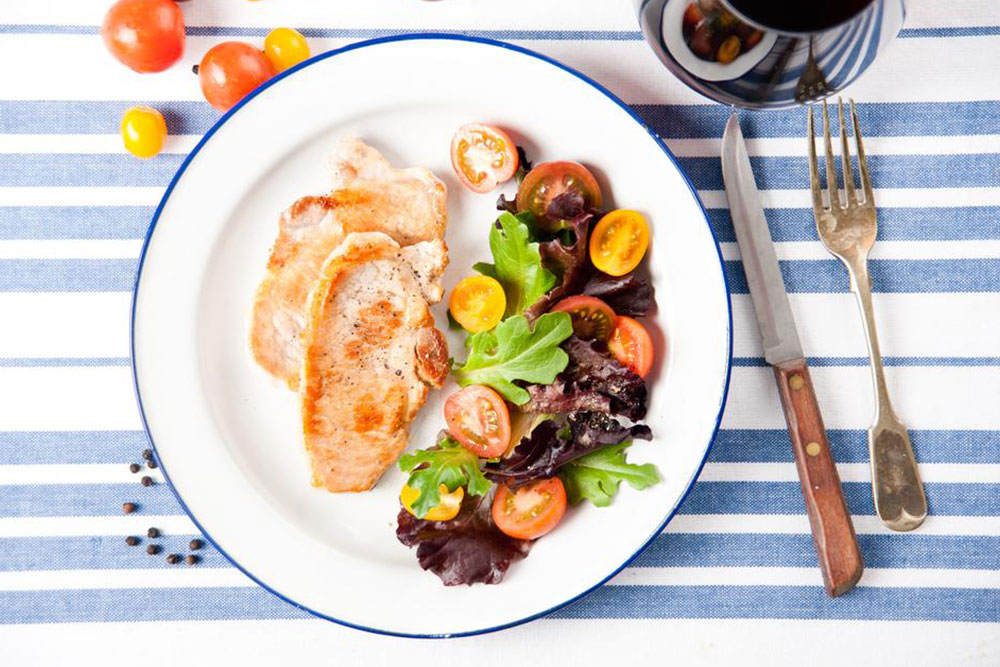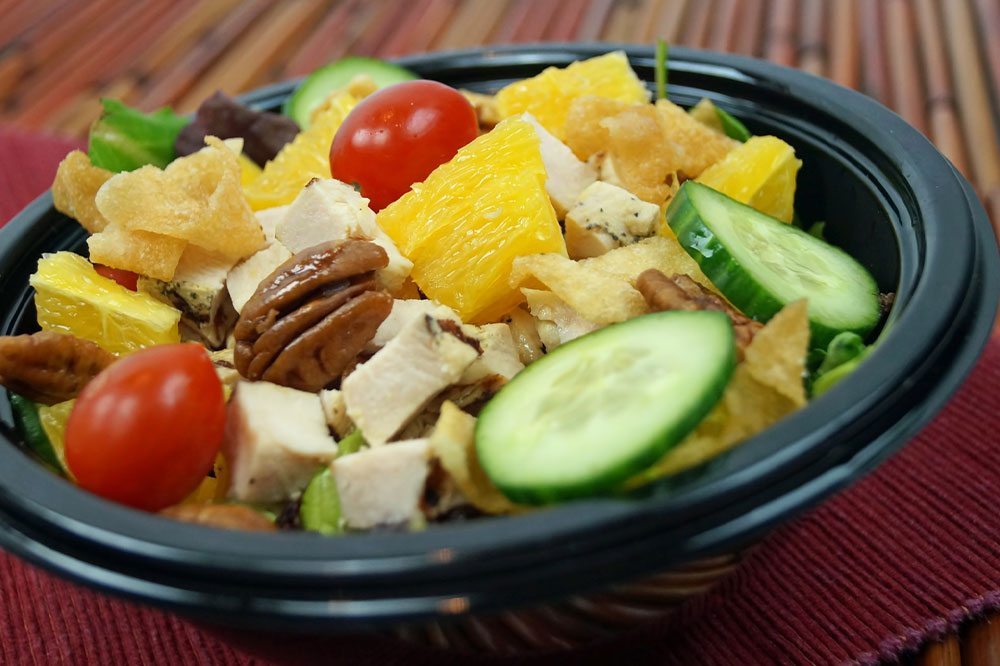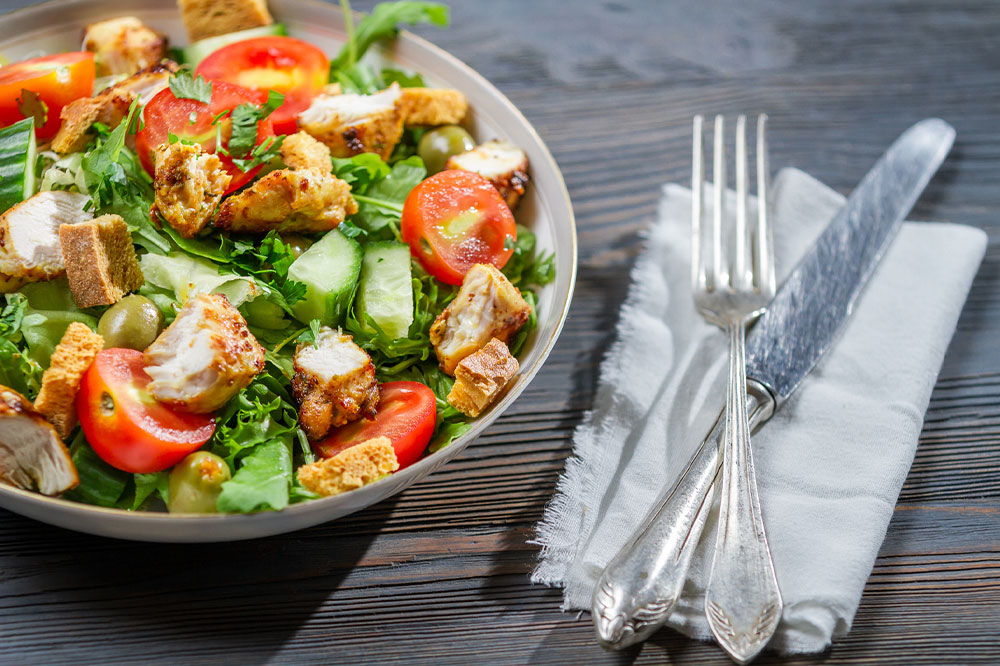Comprehensive Dietary Strategies for Effective Gout Management
Discover effective dietary strategies for managing gout through a balanced menu rich in low-purine foods and antioxidants. Learn how to include delicious options like whole grains, fresh salads, zucchini noodles, and baked potatoes to reduce uric acid levels and alleviate joint pain. This comprehensive guide emphasizes personalized nutrition planning and mindful eating, helping gout sufferers improve their quality of life and prevent flare-ups.

Comprehensive Dietary Strategies for Effective Gout Management
Gout is a complex form of arthritis characterized by sudden and severe episodes of joint inflammation caused by the buildup of uric acid crystals within the joints. This condition not only results in acute pain and swelling but can also lead to joint damage if not properly managed. While medications are often prescribed to control flare-ups, dietary modifications play a pivotal role in preventing attacks and promoting overall joint health. Understanding which foods to include or avoid can significantly impact the course of the disease and improve quality of life.
Adopting a gout-friendly diet doesn't mean sacrificing taste or enjoyment. With creative meal planning that emphasizes nutrient-rich, low-purine foods, individuals can manage symptoms effectively while still savoring diverse and flavorful dishes. Collaborating with healthcare providers or registered dietitians to develop a personalized nutrition plan ensures that your dietary choices complement your treatment strategy.
Key dietary choices are essential for managing gout symptoms.
Whole Grain Options and Fresh, Nutrient-Dense Salads
Incorporating whole grains such as oats, brown rice, and whole wheat bread provides fiber and essential nutrients that help stabilize insulin levels and reduce uric acid concentration. Pairing these with fresh salads rich in leafy greens like spinach, kale, and arugula, complemented by colorful berries, apples, and grapes, boosts antioxidant intake. These antioxidants are vital in neutralizing free radicals and reducing inflammation associated with gout. For example, a hearty whole grain sandwich with goat cheese and roasted eggplant not only satisfies taste buds but also supports joint health by incorporating alkaline vegetables that aid in uric acid neutralization.
Zucchini Noodles and Low-Purine Meal Options
For a satisfying alternative to traditional pasta, zucchini noodles—also called 'zoodles'—are an excellent choice. Made by spiralizing fresh zucchinis, they offer a low-purine, hydrating, and nutrient-dense base that can be tossed with roasted jalapenos, fresh herbs, and goat cheese for flavor. This dish provides a satisfying texture while aligning with gout dietary guidelines. Careful portion control is essential to prevent weight gain, as excess body weight can increase uric acid levels and exacerbate gout symptoms.
Baked Potatoes with Herbs for a Gout-Friendly Side
Baked potatoes are an excellent low-purine carbohydrate source, rich in potassium and fiber, which may assist in uric acid excretion. Enhancing their flavor with herbs such as rosemary, thyme, and oregano not only adds taste but also offers anti-inflammatory properties, contributing to overall gout management. These versatile tubers can be served as a side dish or incorporated into larger meals to diversify your diet while promoting joint health.
When constructing a gout-conscious meal plan, emphasizing these nutrient-rich, flavorful foods can significantly reduce flare-ups and support long-term joint health. Avoiding high-purine foods such as red meats, organ meats, and certain seafood, while focusing on these wholesome options, creates a balanced approach to managing the condition effectively.





